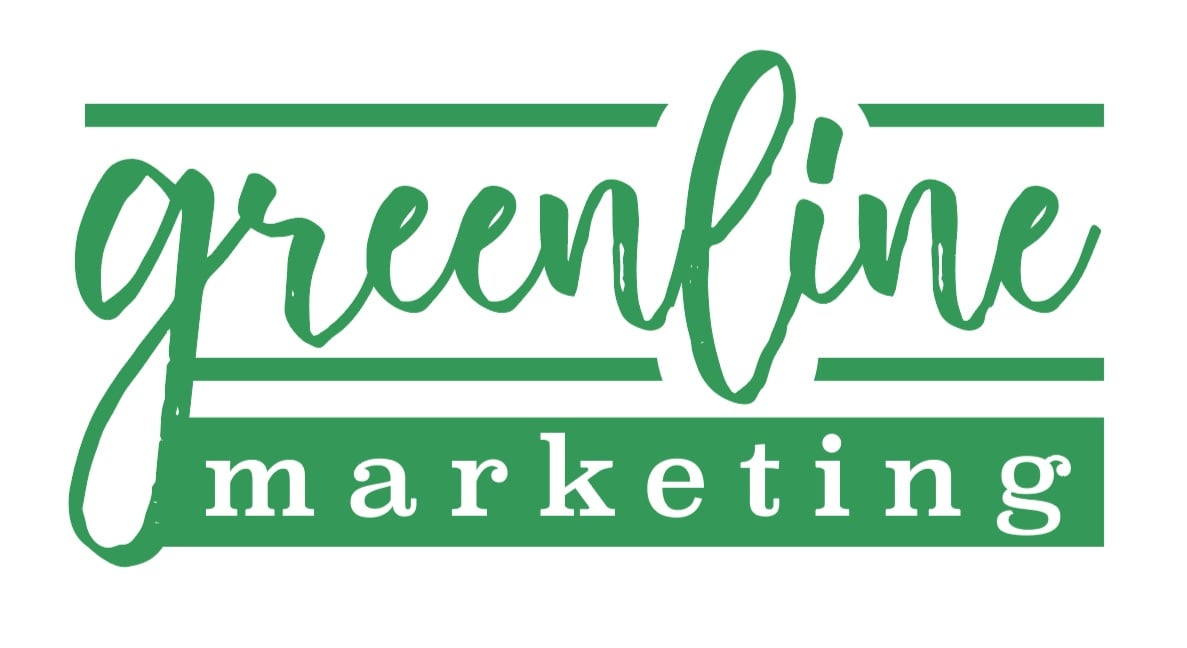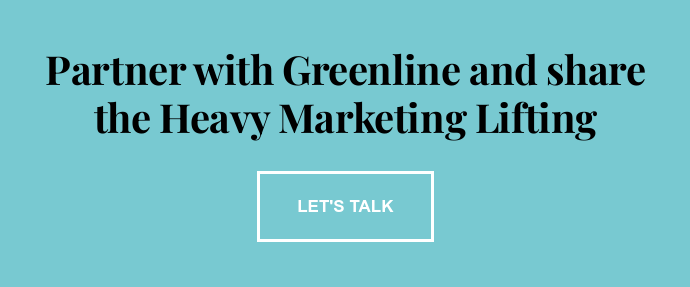Every marketer dreams of basking in the limelight, but the struggle to boost exposure extends beyond content marketing - it's a Public Relations (PR) challenge. Almost every marketer has struggled with finding ways to enhance visibility. Overcoming this hurdle requires a strategic approach; this is where the digital PR power trio comes into play: influencers, press, and relationships. By leveraging the collective strength of these elements, marketers can creatively address exposure challenges and make a lasting impact.
Navigating the Digital PR Landscape
The PR industry has been around for quite a while, but it’s evolved from 20th-century traditional media, like newspapers, to the fast-paced, interconnected world of digital platforms. With social media and instant communication, successful PR strategies prioritize proactive online engagement, real-time crisis management, and creative use of digital tools. Positioning, press coverage, and influencer collaborations are the PR icing on the content strategy cake. With the world at our fingertips, PR is vital for building and maintaining audience relationships. Effective digital PR is essential for cultivating a resilient reputation that shapes public perception and builds trust, from troubleshooting on social media to intentionally aligning your brand image. Your digital reputation is like a virtual mirror reflecting perceptions and feedback, influencing both personal and business platforms. A positive online reputation is a valuable asset, fostering trust and credibility. This is why around 63% of content marketers tailor their strategies to build loyalty with existing clients.
PR plays an essential role in managing your digital image. Today, PR isn’t just about spreading news; it involves actively shaping and managing the public's perception through engagement, addressing concerns, and nurturing positive relationships. Sounds like the perfect addition to your inbound strategy, right? Inbound marketing is about connecting with your audience in the right place, at the right time, and in the right way while providing them with what they want, sometimes before they even know it. While social media and blogging offer new stages, PR provides access to broader coverage, accelerates relationship-building, and enhances visibility.
Online Crisis Management
Online reputation crises involve situations where information or events significantly impact your digital image. These crises can spread rapidly, influencing public perception, trust, and credibility. The potential impact is far-reaching, affecting customer loyalty, trust, and even financial stability. Countless companies have faced digital crises with big side effects. We’ve all seen what happens when social media backlash against an insensitive comment or a product flaw exposé leads to a tarnished image, customer outrage, and a decline in value.
A memorable example is Volkswagen in 2015 and their greenwashing cover-up. The scandal cost the company around $29 billion. Effective online crisis management involves being proactive. Own up to your actions and acknowledge issues as soon as they arise. Transparency and authenticity play key roles, being perfect isn’t the goal. Coming up with a crisis communication plan, engaging with involved parties directly, and utilizing social media to convey corrective actions are vital. The key is to use a combination of proactive measures and swift, sincere actions to mend mistakes and rebuild trust.
In 2018, Starbucks faced a crisis when two African-American men were wrongfully arrested in a Philadelphia store, sparking public outrage and calls for a boycott. However, the company responded proactively and transparently. CEO Kevin Johnson publicly apologized, took personal responsibility, and initiated racial bias training for all employees by closing all stores for an afternoon. Starbucks engaged directly with the individuals involved, settling with them and pledging support for a program benefiting young entrepreneurs. Through social media, the company conveyed corrective actions, emphasizing transparency and a commitment to addressing systemic issues. Starbucks' sincere apology, swift actions, and dedication to long-term change showcased effective crisis management, helping rebuild trust and reaffirming its commitment to social responsibility.
Leveraging Influencer Partnerships
Influencer marketing is a collaborative approach to marketing and PR. People with engaged followings on social platforms are seen as experts or trendsetters in their respective niches. Working with influencers allows you to promote products or services to their audience, although doing it authentically is crucial. In PR, influencer marketing is a powerful tool for leveraging third-party credibility, expanding reach, and creating genuine connections with target audiences. Finding the right influencers involves considering relevance, audience demographics, and authenticity. Start by understanding your target audience, then you can look for influencers who align and have genuine interest in your area. It doesn’t hurt to evaluate their engagement rates, previous collaborations, and overall online presence. Prioritize influencers who share values similar to your brand, as this authenticity resonates more. Work together to create content that seamlessly integrates their unique style while aligning with your message. This careful selection process ensures a meaningful partnership that can elevate your brand's reputation.
In early 2018, Tide faced a potential crisis with the emergence of the "Tide Pod challenge," a dangerous trend involving the consumption of detergent pods by teens. Responding proactively, Tide collaborated with football star Rob Gronkowski, leveraging his status to launch a campaign aimed at averting the challenge. This strategic move demonstrated Tide's commitment to safety and showcased a proactive PR response. By shifting the narrative around the challenge, Tide successfully redirected public perception, turning a potential crisis into an opportunity to reinforce their dedication to safety and responsibility. This underscores the power of influencer partnerships in navigating challenges and reinforcing brand values.
Building Online Authority
Establishing a personal narrative that reflects your authentic expertise is the best way to build your authority. Building authority establishes credibility, trust, and influence within your niche. Strong online authority attracts a loyal audience while improving visibility, making it easier for you to stand out against the competition. Becoming a respected industry leader requires strategy. Consistently produce high-quality and valuable content showcasing your expertise. Utilize mixed content types (blogs, podcasts, and social media) to share your insights uniquely. Respond to audience inquiries and participate in relevant discussions. Networking with other leaders, contributing to reputable publications, and staying updated on trends help boost your position as a thought leader.
Chipotle's Back To The Start campaign exemplifies the power of proactive PR in building online authority. The campaign positions Chipotle as an industry thought leader and advocate by addressing the pressing issue of sustainable and responsibly sourced food. The use of a compelling short film detailing a farmer's journey from traditional to sustainable practices engages audiences emotionally while underscoring their commitment to making environmentally conscious choices. Through its artful combination of advocacy, thought leadership, and engaging storytelling, Chipotle establishes itself as a thought leader in sustainable agriculture, marking its position as a company that aligns with the values and concerns of its audience. Another example of influential thought leadership is HubSpot, a company specializing in inbound marketing. The company has built authority by consistently providing valuable resources, conducting webinars, and fostering an active online community.
The Power of Press Coverage
Over 43% of people rank press releases as the most trustworthy type of content. Press coverage can bring tons of credibility and visibility when used to its full potential. When a prominent publication features you, it comes along with amplified awareness. Positive press coverage serves as a third-party endorsement and paints you as a reliable source. Securing this kind of coverage requires a targeted approach. It’s important to have a solid network and constantly work on building relationships with journalists and editors. Leveraging social media and digital platforms for outreach, participating in industry events, and consistently providing valuable content is pivotal when it comes to securing press coverage.
Dove's "Campaign for Real Beauty" is a prime example of how a company's image can benefit from positive press coverage. The campaign was born from a Dove survey revealing that merely 2% of 3,000 women considered themselves beautiful. In response, Dove took a bold step by showcasing images of real women on billboard advertisements, walking away from the norm of featuring professional face-tuned models. This approach resonated with their target audience by challenging conventional beauty standards and promoting inclusivity. The campaign secured widespread press coverage while communicating Dove's commitment to authenticity.
Building Relationships Faster
You can establish and maintain valuable connections by listening, responding, and collaborating across digital platforms. To create an influential online presence, start by actively listening to your audience and engaging with them genuinely. Regularly share valuable content that resonates with your audience's interests. Showcase a commitment to open communication by responding promptly to questions and feedback. Additionally, consistently monitor your reputation to ensure your digital presence aligns with your intended image. Cast a wide net and connect with other leaders and potential collaborators on social platforms any chance you get. Attending virtual events, webinars, and conferences are great places to start spreading your wings.
Spotify mastered the art of building meaningful connections with its user base through the annual Wrapped campaign. Since its birth in 2016, Spotify Wrapped has evolved into a viral sensation. Going beyond just the personalized summary of users' listening habits, Spotify employs visually appealing and vibrant graphics, creating a highly personal and shareable experience across platforms like Instagram and TikTok. This approach induces a sense of FOMO among users while transforming the campaign into a genius example of relationship-building through PR. By turning a routine feature into an eagerly anticipated yearly tradition, Spotify goes beyond its typical offerings, fostering a sense of community and connection.
Make a lasting impact on your audience. The digital PR power trio and strategic digital marketing provide a roadmap to overcome exposure challenges and cultivate a resilient online reputation. The destination? A loyal audience that welcomes you with open arms, becoming a part of your company’s story.

.png)


